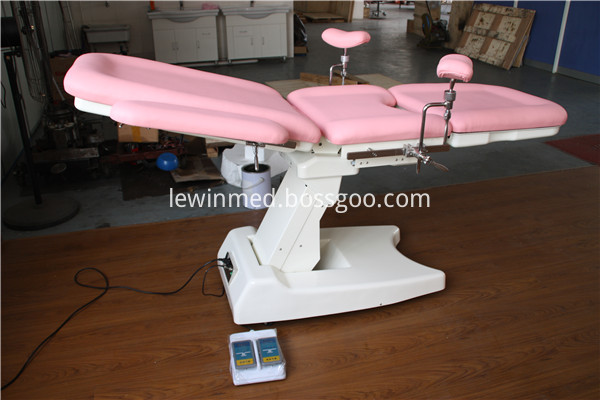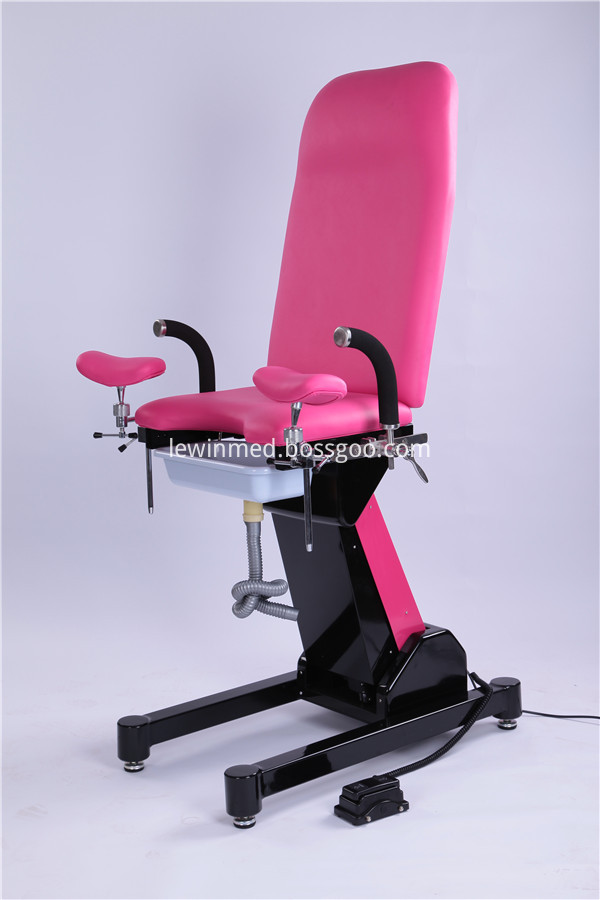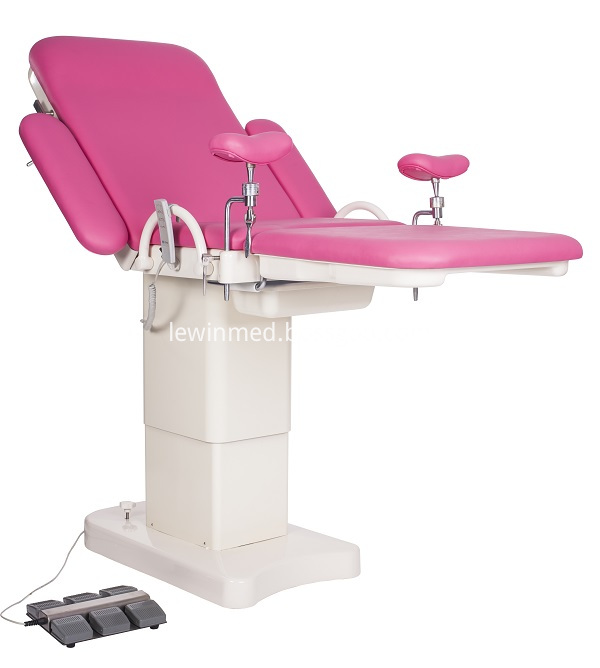The cockroach is the general name of the larvae of Coleoptera. It has many types, ranging from dozens of species. The major hazards in our county are the North China Black Scarab, the Dark Scarab, and the Green Lizard. Its larvae live in the earth for a lifetime and bite off the roots and stems of the seedlings, causing the plants to die yellow and die. The potatoes are drilled into holes and can be transferred to other crops to continue their damage. At the same time, the wounds caused by tendons invade the pathogen and cause diseases. Adults mainly feed on the ground, eating various trees and fruit tree leaves, and sometimes flowers and fruits can also be harmed. First, the morphological characteristics 1, adult body length 16-22 mm, oval, dark brown or black, shiny. Coleoptera is long and elliptical, with small engraved dots on top, three longitudinal ridges on the forewings and exposed ends of the abdomen. 2. Adults 16-22 mm larvae are milky white, with orange-yellow heads, body fat and horseshoe-shaped, with many wrinkles. Three pairs of chest and dense brown hair. At the end of the abdomen, there are spiky hairs and hooked bristles on the ventral surface of the tail section. The number and arrangement of these are important features in identifying the species of lice. 3, egg oval, milky, smooth surface, about 2-3 mm. 4, about 20 mm long, early yellow-white, later turned orange, the head is small, slightly bent down, compound eye obvious, short antennae. Three pairs of chest and foot, the longest after the feet, wings are obvious. A pair of forked protrusions at the end of the abdomen. Second, living habits In winter in North China, one year to two years, larvae and adults overwinter in soil, the adult wintering depth is 30-50 cm, and when the soil temperature rises above 14°C in mid-April, the earth excavation begins. At the end of May, it is an adult. There is a period of prosperity. Adult insects have suspended animation and phototaxis, lurking during the day, and dusk activities, and they are most prosperous at night from 8 to 11 pm. Adults lay their eggs 10-15 days after mating, and they produce eggs in soft and moist soil. The depth is about 5-12 cm. Each female can produce 20-30 eggs, and more than one hundred grains are available. The egg period is 9-12 days. , In late June, hatching of small oysters will occur. By the end of the fall, it will harm the peanuts and the roots of the potatoes. After the end of September, the 2-3 instar larvae will be overwintering in the soil at depths of 80-100 centimeters. When the soil temperature reaches 10°C in the second year. When it rises to the cultivating layer, it is most prosperous at 13-18°C, and moves above 23°C to deep soil. In the months of September and September, the 3rd instar larvae gradually descended to a depth of 30-50 cm to make an overwintering winter, and the activity began in mid-April of the third year. Third, the occurrence of conditions Former crops are heavy for soybeans, peanuts, corn, and vegetables; soils are heavy and dark, and low-lying lands are heavy; heavy fruit trees and trees are heavy. Fourth, the prevention and control standards The prevention and control standards for earthworms are divided into four levels. Grade I occurs mildly: 1 or less per square meter of insects, crop loss rate is 2-3%, and no control is possible; Level II moderate occurrence: 1-3 insects per square meter The head, the crop loss rate of 6-7%, can be treated or comprehensive prevention and treatment; Class III severe occurrence: 3-5 heads per square meter, crop loss rate of 10-15%, should focus on prevention and control; Class IV major occurrences: More than 5 insects per square meter, crop loss rate of more than 20%. Fifth, the prevention and control methods 1. Agricultural control: A large area of ​​fall and spring soil preparation can reduce the amount of insects by 15-30%; avoid the use of unripe manure and reduce adult egg production; rational irrigation, regulate soil moisture, when the soil moisture content is 15 -20% will be conducive to the development of earthworms; the rational use of ammonium bicarbonate, ammonium humate, ammonia, ammoniacal superphosphate and other chemical fertilizers, the ammonia emitted by the dragonfly has a certain repellent effect. 2. Seed treatment: Seed dressing with 40% phoxim or 48% chlorpyrifos, the ratio of medicine, water and seeds is 1:40:400. After the mixture is boring for 3-4 hours, it is sowed after the seeds are dried. 3. Soil treatment: Apply 40% phoxim EC 250g in water, apply on fine soil of 30 kg, spread on low ridges, apply near seedling rhizosphere, then shallowly, or spread with the same amount of toxic soil. Planted ditch or ground, then ploughed, or mixed with manure; or 15% Los granules 0.75 ~ 1.0kg per mu, mixed into the soil at the sowing date; Peanut flowering under the needle stage, combined with the cultivating soil to evenly mix the pesticide in. . 4, poison Valley. The use of 40% EC 250g per acre, such as mixing millet and other food about 5kg, 1.5 to 2 kg per mu, sprinkled in the kind of ditch, and the treatment of earthworms, wireworms and other underground pests. 5. In the early stage of pest occurrence, 15% Loessben EC 200~300 ml was irrigated and rooted.
Multifunctional Obstetric Examination Bed
is for the modern hospital elaborates designed with childbirth, gynecologic
operation, diagnosis and examination, including emergency caesarean section in
a variety of medical functional bed. Obstetric Table table selection of high quality polyurethane foam, leather
bags, easy cleaning and disinfection. We have R&D center in Shandong, Shanghai, Shenzhen to launch new products to meet the needs for hospital every year. We have more than 50,000 square meters workshop and R&D building, which is characterized by high quality products and advanced technology.
Obstetric Table Obstetric Table,Gynecologic Table,Woman Delivery Table,Gynecological Table Shandong Lewin Medical Equipment Co., Ltd. , https://www.lewinmed.com

